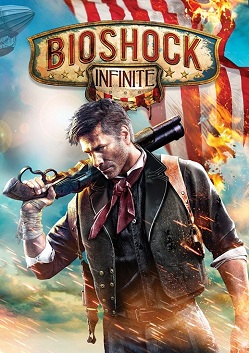Multiracial and cultural relationships are definitely embedded in the themes of this movie. The duality between being African-American and never having been to Africa and then being Indian descent but identify with being African was interesting to see the duality between them. The racist aspect was also something that I wasn’t expecting. There was a strange tension between the female character’s father and Denzel Washington’s character as well, though I don’t think it was from racism, but the feeling of betrayal from his best friend from Africa.
This was also the first time that I had heard about Indians being in Africa, and what they went through. Though it doesn’t really specify much about the history. Though it gave enough details to know what had happened in Uganda. While there was some general information, it would have been nice to know more about what happened in detail, but I guess that’s up to me to research.

http://img2-3.timeinc.net/ew/dynamic/imgs/060428/152155__masala_l.jpg


